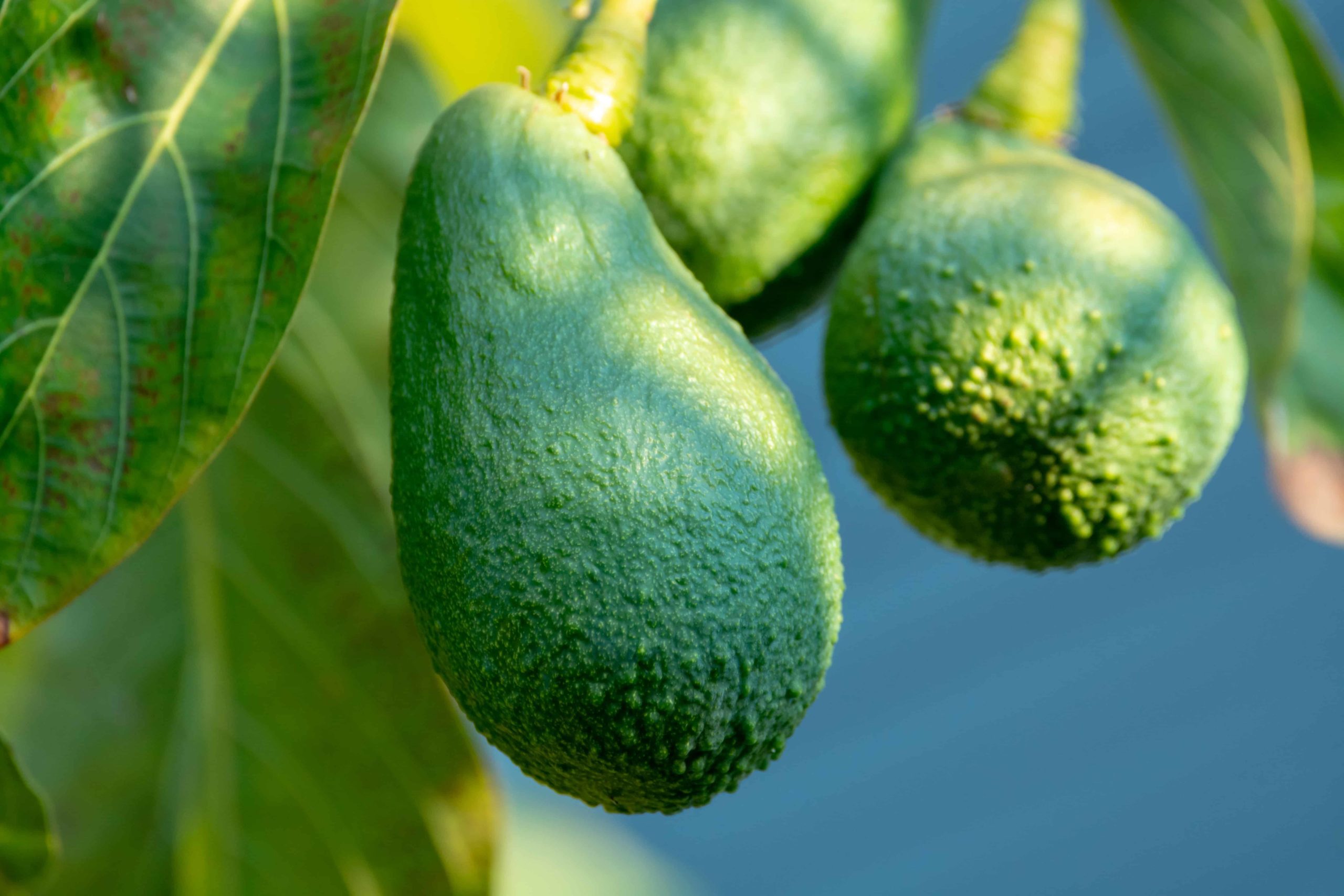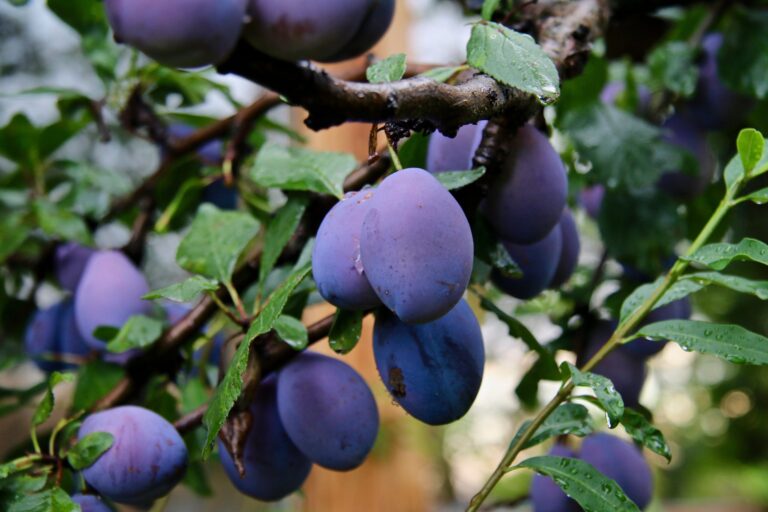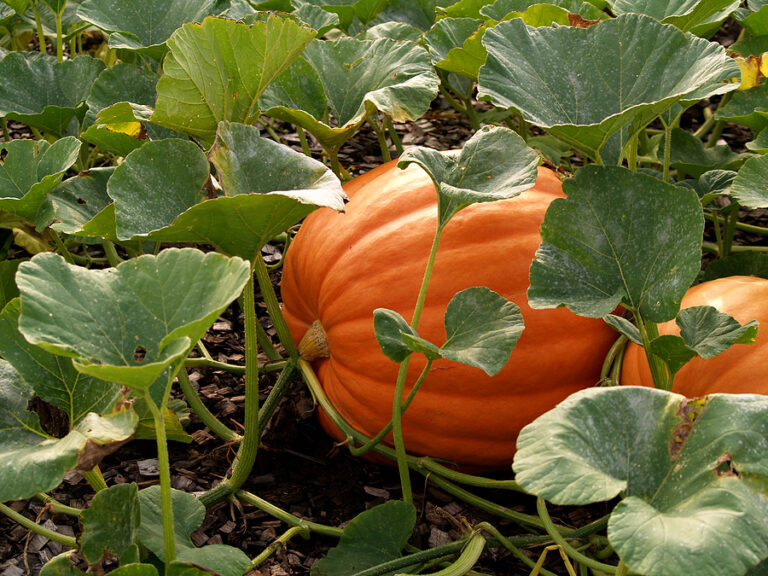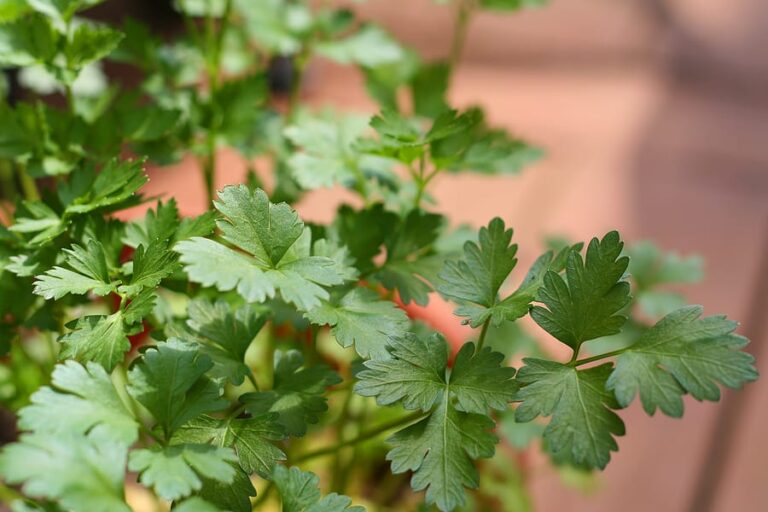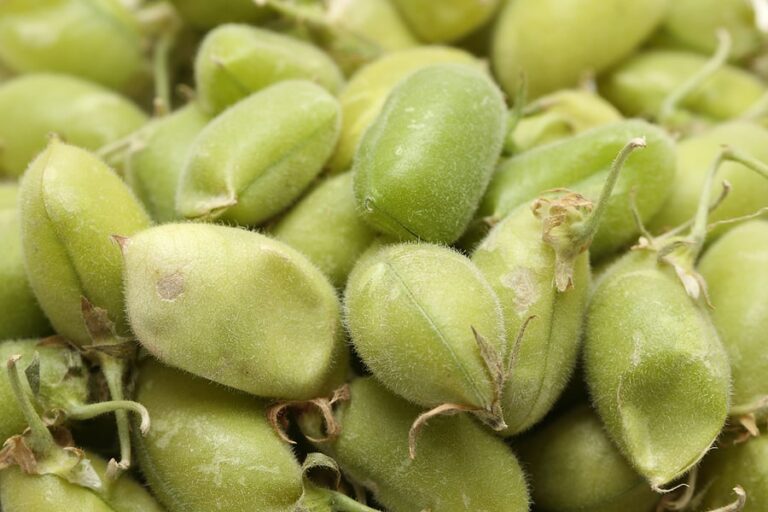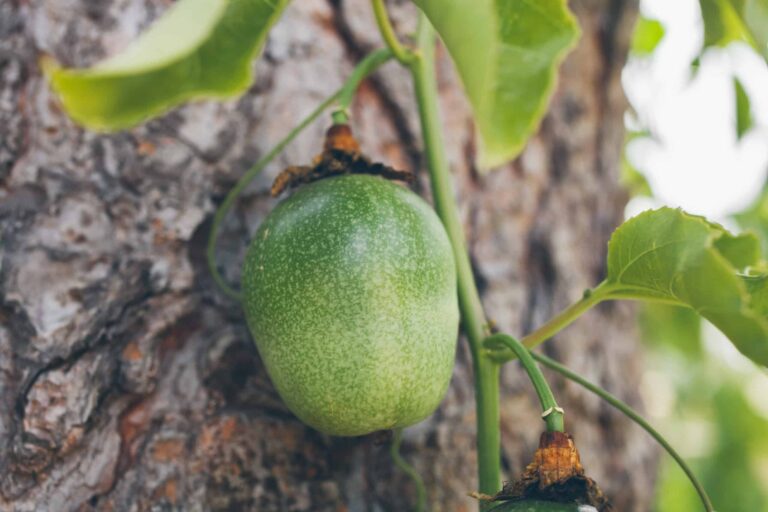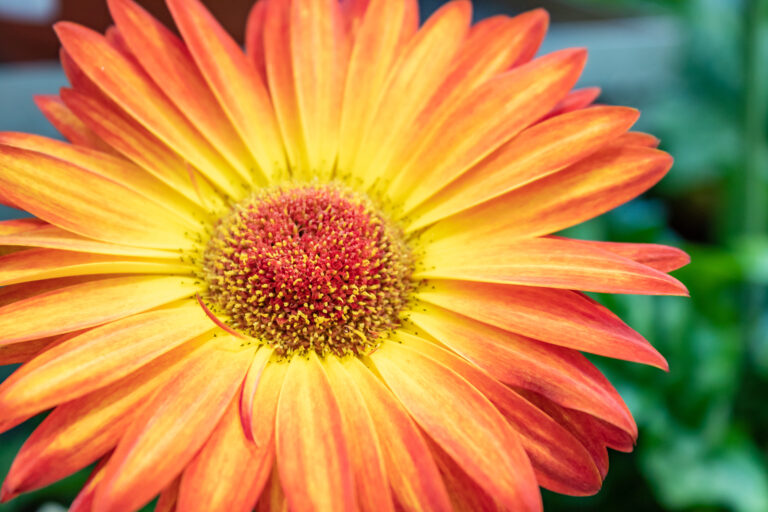How to Plant and Grow Avocados
Avocados have a nutlike flavor and flesh that is buttery in its consistency. Avocados are eaten raw in salads, dips, and sandwiches. They are richer in fat than any other fruit except the olive—20 to 30 percent fat—93 percent unsaturated.
There are more than 500 avocado varieties. Some can be grown in warm winter temperate regions; others can be grown only in semi-tropical and tropical regions.
Related article:
Here is your complete guide to growing avocado trees.
Three types of avocados
Avocados are horticulturally grouped by their origin; these groups are known as races. There are three races: Mexican, Guatemalan, and West Indian. Additionally, there are hybrid avocados—most hybrids are crosses between Mexican and Guatemalan varieties.
- Mexican avocados are the most cold-tolerant; they can be grown in USDA Zones 9 and 10.
- Guatemalan avocados are a bit less hardy than Mexican cultivars; some can be grown in Zones 9 and 10.
- West Indian avocados are the least hardy and the most tropical; in the United States, they can be grown only in South Florida, Zones 10 and 11.
- Hybrid avocados—mostly hybrids of Mexican and Guatemalan varieties—can be grown in Zones 9 and 10.
A dozen or so avocado cultivars are commonly grown in gardens and on farms. The four well-known cultivars—because they are commercially grown and widely distributed—are ‘Bacon’, ‘Fuerte’, ‘Hass’, and ‘Pinkerton’. Gardeners in Zones 9 and 10 can grow these cultivars.
Avocados may bear fruit in a greenhouse where temperatures are between 75-85°F (24-29°C) in summer and the air is humid and where winter temperatures stay between 55-65°F (13-18°C).
Good Products to Control Animal Pests at Amazon:
- Live Trap for Large Garden Pest Animals
- Electric Fence/Netting for Garden Protection
- Garlic Barrier Spray to Repel Animals
- Scarecrow Fake Owl for Garden Protection
- Motion Activated Sprinkler to Deter Animals

Avocado types described
There are three types—called races—of avocados; races are based on climatic needs and variations in fruit. There are also hybrid cultivars—mostly crosses between Mexican and Guatemalan avocados.
- Mexican avocados are purple-black or green-skinned and weigh 6 to 8 ounces. Mexican avocados grow well in California and north and north-central Florida, but not in South Florida. These are the most cold-hardy; the tree will survive temperatures in the mid 20°sF with little damage. Mexican avocados are thin-skinned and the smallest of avocados; the skins are prone to cracking. Mexican avocado fruit matures 6 to 8 months after flowering. This race originated in central and northern Mexico.
- Guatemalan avocados are pale green to dark purple and weigh 1 to 5 pounds. Guatemalan avocados grow well in California, most of Florida, and Hawaii. They will survive temperatures in the mid 20°sF but are less cold tolerant than Mexican avocados. They have thick, tough skin. Guatemalan avocados ripen in winter and spring 14 to 17 months after flowering. This race originated in the highlands of southern Mexico and Guatemala.
- West Indian avocados have a smooth, leathery green to purple skin. They are larger than most Mexican avocados and smaller than most Guatemalan avocados. They have the lowest oil content of all avocados. They are the least cold-tolerant avocado; they cannot withstand temperatures below 28° They grow well in South Florida and are native to the moist lowlands and seacoasts of tropical Central America. West Indian avocados ripen six to nine months after blossoming and come to harvest in summer and fall.
Choose an avocado that will grow well in your area. Contact the nearby Cooperative Extension Service or a nearby garden center for cultivars that are planted in your area.
Best climate and site for growing avocados
- Avocados grow best in Zones 9 and 10. Avocados can be grown indoors in colder regions but they rarely fruit when grown indoors.
- Plant avocados in full sun.
- Grow avocados in humus-rich, well-drained soil. Wet soil can lead to root rot. Avocados prefer a pH between 5.5 and 7.0.
- Plant avocados sheltered from prevailing breezes or wind. Avoid planting avocados in low spots where cold air and frost can settle.
Avocado pollination
- Avocados are self-fruitful; you can plant just one tree; however, cross-pollination will improve fruit production.
- Avocados have flowers categorized as either Type A flowers or Type B flowers depending on the time of day that the flowers open and when the pollen is released. Type A flowers open in the morning; Type B flowers open in the afternoon.
- If you plant two avocados, be sure the flowers of the two open at the same time. Plant two Type A or two Type B together or interplant more than one Type A and more than one Type B to ensure cross-pollination.
- Flowers open when the temperature is above 70°F (21°C) day and night. The fruit set will be poor when temperatures are below 60°F (16°C).
Avocado yield
- A single avocado tree will produce 200 to 300 fruits each year at the age of 5 to 7 years.
- Avocados bloom in late winter to early spring; flowers and fruits can be damaged by frost and the yield may suffer.
Spacing avocados
- Avocados grow 20 to 60 feet tall and 25 to 35 feet wide. Space plants 25 to 35 feet apart.
- ‘Wurtz’ is a true dwarf avocado and will grow half the size of standard avocados.
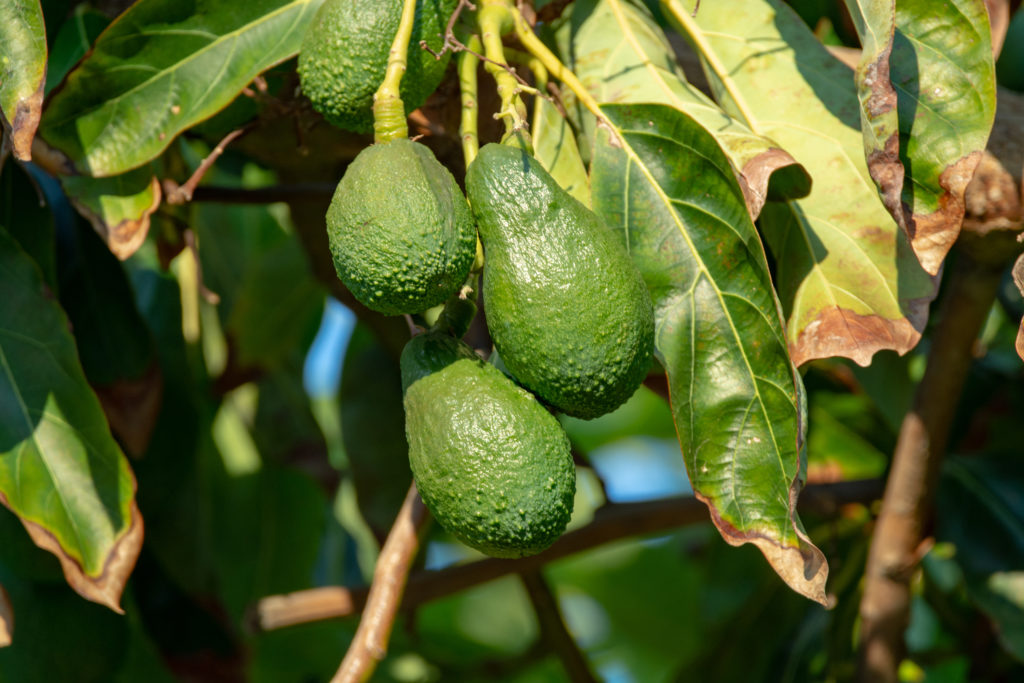
Planting avocados
- Plant container-grown avocados any time during the growing season. Plant after the last frost in spring and avoid planting in hot, dry weather.
- Prepare a planting site in full sun that is sheltered from a prevailing breeze or wind.
- Work well-rotted compost or manure into the soil.
- Dig a hole half again as deep and twice as wide as the tree’s roots. Add a cupful of all-purpose fertilizer to the bottom of the hole.
- Put a tree stake in place before planting. Drive the stake into the ground to the side of the hole to at least 2 feet deep.
- Plant the base of the trunk slightly higher out of the ground than it was in the nursery pot. Spread the roots out in all directions.
- Re-fill the hole with half native soil and half aged compost or commercial organic planting mix; firm in the soil so that there are no air pockets among the roots. Water in the soil and create a modest soil basin around the trunk to hold water at watering time.
- Secure the tree to the stake with tree ties.
- After planting, water the tree thoroughly and fertilize with a high-phosphorus liquid starter fertilizer. Keep the soil evenly moist during the first year.
Container growing avocados
- Avocados can be grown in containers. Choose a dwarf cultivar such as ‘Wurtz’.
- Choose a large pot or tub at least 18 inches wide and deep that is well-drained.
- Plant trees in a commercial organic potting mix.
- Keep the soil evenly moist but not wet.
- Feed avocados growing in containers with an all-purpose fertilizer that is slightly higher in potassium.
- Repot the tree after two years into a container that is 24 inches wide and deep.
- Avocados may bear fruit in a greenhouse where temperatures are between 75-85°F in summer and the air is humid and where winter temperatures stay between 55-65°F (13-18°C).
Avocado care, nutrients, and water
- Keep the soil evenly moist year-round; do not let avocado roots dry out.
- Mature trees may require supplemental nitrogen, but young trees do not need extra nitrogen.
- Mulch with aged compost or aged manure in spring. Mulch out to the dripline to conserve soil moisture and suppress weeds. Renew the mulch in midsummer.
- Yellowing leaves may indicate a nutrient deficiency; have the soil tested and add amendments as needed.
- Trees in sandy, limestone will need a foliar spray of copper, zinc, and manganese for the first five years.
- Trees grown in alkaline soil need a yearly application of iron chelates.
Training and pruning avocados
- Avocados need little pruning. New growth comes at the end of branches; if you prune back branches you will limit the size of the tree.
- Thinning fruit is not required unless the weight of the fruit threatens to break a branch.
Harvesting and storing avocados
- Most avocado trees bear fruit five to seven years after planting; budded trees usually bear within four years.
- Avocados are ready to pick when their color change is complete. The color of dark purple or near black colored varieties will deepen when ripe. The brightness of the skin of green varieties will begin to dull and change to a yellowish tint when ripe. Fruit can be stored on the tree until it starts to fall off.
- To test for ripeness, pick one fruit with a short stem attached then set it on the counter for a few days; if the stem does not shrivel or turn dark, the fruit is mature, and it is safe to pick the others.
- Avocados do not soften until they are picked; they usually soften off the tree in three to eight days. Fruit will soften at room temperatures; refrigeration will slow ripening.
- Clip or cut the fruit off a branch with a piece of stem attached; do not pull the fruit off; you could tear or break the branch. Use a pruner or shear to harvest fruit; a long pole pruner may be needed to harvest fruit high up. Wear gloves to avoid scratching the fruit.
- Avocados will keep for several weeks when stored where the temperature is just above 42°F (5.6°C).
- To freeze avocado, puree the fruit, add lemon or lime juice, pack in freezer containers and freeze.

Propagating avocados
- Avocados can be grown from seed; remove the stone; soak it in hot water; plant in a small pot with potting soil; if you slice off the top and dip it in fungicide you can speed up germination; it can take weeks or months for a shoot to appear. Hybrid avocados will not grow true from seed.
- The easiest way to grow avocados is to buy ready-grown plants grafted onto a disease-resistant rootstock.
Avocado diseases and pests
- Root rot can occur where the soil is poorly drained; there is no cure for rot caused by the fungus Phytophthora cinnamomic; growth will stall, leaves will yellow and wilt, and branches will die back. Plant certified disease-free plants.
- Fungal diseases can be reduced and controlled by spacing trees widely and allowing for plenty of sunlight and air circulation, especially in humid regions.
- Leaf diseases may occur in humid locations; keep trees well-watered and fed; prune to promote air circulation.
- Scale is an insect with an elliptical shell that sucks sap from leaves and stems. Smother scale insects with horticultural oil or crush the insects.
Fall and winter avocado care
- Avocados are evergreen plants. Keep the soil evenly moist throughout the year.
- Mulch in winter around the trunk; or mound up soil around rootstocks to prevent freezing.
- Trees must be protected from frost; wrap tree trunks in burlap.

Avocado varieties to row
Check with the nearby Cooperative Extension Service or a nearby garden center for avocado varieties that will grow well where you live. Here are several cultivars to consider:
- ‘Bacon’ (Mexican): medium fruit with smooth, thin green skin; yellow-green flesh; good frost tolerance; Type B flower; harvest fall through midwinter.
- ‘Duke’ (Mexican): large tree; medium fruit of good quality; skin yellowish-green, smooth thin, glossy; used mostly as rootstock; Type A flower; harvest in winter.
- ‘Fuerte’ (hybrid): large spreading tree; high-quality fruit with thin, smooth green skin; flowers early and so it’s susceptible to frost; Type B flower; ripens in winter.
- ‘Hass’ (hybrid): large vigorous tree; upright; medium fruit very dark, thick pebbled leather skin; the flesh is creamy with excellent flavor; Type A flower; harvest spring to fall.
- ‘Mexicola’ (Mexican):
- ‘Jim’ (Mexican): flavorful, green-skinned fruit with smooth, creamy flesh; Type B flower;
- ‘Pinkerton’ (Guatemalan): green, pebbly-skinned; small seed; exceptional flavor; easy to peel; Type A flower; winter to spring harvest.’
- ‘Reed’ (Guatemalan): narrow upright tree; medium to large fruit; large, round fruit with smooth, buttery flesh; Type A flower; ripens midsummer to early fall.
- ‘Sir Prize’ (hybrid): black skin; excellent flavor, nutty-sweet; Type B flower; ripens in winter.
- ‘Stewart’ (Mexican): purple skin; excellent qualify; thin skin; Type A flower; ripens fall to winter.
- ‘Wurtz’ (Mexican): the only true dwarf avocado tree; it grows half the size of others; weeping habit; medium fruit, green good quality; large seed; Type B flower; summer harvest.
- ‘Zutano’ (Mexican): medium fruit with thin, green skin and fair quality; good producer; Type B flower; winter harvest.
Avocado botanical names
- Mexican avocados (Persea americanadrymifolia)
- Guatemalan ( P. americanavar. guatemalensis)
- West Indian ( P. americanavar. americana)
Also of interest:
How to Prepare and Serve Avocadoes
Garden Planning Books at Amazon:
- Vegetable Garden Almanac & Planner
- Kitchen Garden Grower’s Guide Vegetable Encyclopedia
- Vegetable Garden Grower’s Guide
- Tomato Grower’s Answer Book
More fruit-growing articles:
Learn how to plant, grow, prune, and harvest your favorite fruits. Click below for all you need to know.
- Apple
- Apricot
- Avocado
- Banana
- Blackberry
- Blueberry
- Cantaloupe
- Chayote
- Cherimoya
- Cherry
- Citrus
- Clementine
- Cranberry
- Currants
- Elderberry
- Feijoa
- Fig
- Gooseberry
- Grape
- Grapefruit
- Guava
- Kiwifruit
- Kumquat
- Lemon
- Lime
- Loquat
- Mandarin
- Mango
- Melon
- Mulberry
- Muskmelon
- Nectarine
- Olive
- Orange
- Papaya
- Passion Fruit
- Peach
- Pear
- Persimmon
- Pineapple
- Pineapple Guava
- Plantain
- Plum
- Pomegranate
- Pumpkin
- Quince
- Raspberry
- Strawberry
- Tangelo
- Tangerine
- Tangor
- Watermelon

